How does the performance of slotted waveguide array antennas affect their application in radar systems?
The performance characteristics of Slotted Waveguide Array Antennas play a crucial role in determining their effectiveness and applicability in modern radar systems. These sophisticated antenna systems, which combine the principles of waveguide technology with array configuration, have become increasingly important in various radar applications due to their unique capabilities and performance attributes. Advanced Microwave Technologies Co., Ltd, as a leading provider of microwave components and antenna systems, has made significant contributions to the development and implementation of these antenna systems, offering solutions that meet the demanding requirements of contemporary radar applications.
1. Design Parameters and Their Impact on Radar Performance
Slot Configuration and Radiation Pattern
The slot configuration in Slotted Waveguide Array Antennas fundamentally influences the radiation characteristics and overall system performance. Advanced Microwave offers array antennas composed of small units in one-dimensional or two-dimensional arrays, including planar arrays and phased arrays. The precise positioning and dimensioning of slots determine the antenna's radiation pattern, directly affecting the radar's ability to detect and track targets accurately. The spacing between slots, their orientation, and dimensions must be carefully calculated to achieve optimal performance. These parameters significantly impact the antenna's main lobe characteristics, sidelobe levels, and beam steering capabilities, which are crucial for radar applications requiring high directivity and minimal interference.
Power Handling Capability and Efficiency
The power handling capability of Slotted Waveguide Array Antennas is a critical factor in radar system performance. The waveguide structure inherently provides excellent power handling capabilities, making these antennas suitable for high-power radar applications. The efficiency of power transmission and radiation directly affects the radar's range and detection capabilities. Advanced manufacturing techniques and materials selection play vital roles in maximizing power handling capacity while maintaining high efficiency. The waveguide's internal surface treatment, slot edge finishing, and overall structural integrity contribute to minimizing power losses and maintaining consistent performance across the operating frequency range.
Bandwidth and Frequency Response
The bandwidth characteristics of Slotted Waveguide Array Antennas significantly influence radar system versatility. These antennas typically exhibit excellent frequency response characteristics, though the operational bandwidth depends on various design factors. The waveguide dimensions, slot resonance, and array configuration must be optimized to achieve the desired bandwidth while maintaining stable radiation patterns. Modern radar systems often require wideband operation for improved resolution and multiple functionality, making bandwidth optimization a crucial design consideration.
2. Environmental Factors and System Reliability
Temperature Stability and Thermal Management
The performance stability of Slotted Waveguide Array Antennas under varying temperature conditions is essential for reliable radar operation. Advanced Microwave's antenna designs incorporate sophisticated thermal management solutions to maintain consistent performance across different environmental conditions. The thermal expansion and contraction of materials can affect slot dimensions and spacing, potentially altering the antenna's radiation characteristics. Therefore, proper material selection and structural design must account for thermal effects to ensure stable operation across the specified temperature range.
Mechanical Durability and Structural Integrity
The mechanical robustness of Slotted Waveguide Array Antennas is crucial for maintaining consistent performance in challenging environments. The structural design must withstand various mechanical stresses while maintaining precise slot geometry and array alignment. Advanced manufacturing techniques ensure that these antennas can operate reliably under conditions involving vibration, shock, and varying atmospheric pressures. The integration of protective features and robust mounting solutions contributes to long-term reliability and maintenance of optimal radar system performance.
Weather Resistance and Environmental Protection
The ability of Slotted Waveguide Array Antennas to maintain performance under diverse weather conditions is vital for outdoor radar applications. Protection against moisture, corrosion, and environmental contaminants is essential for maintaining long-term reliability. Advanced coating technologies and sealing methods are employed to ensure continued operation under adverse weather conditions while preserving the antenna's electrical characteristics.
3. Integration and System Optimization
Interface Compatibility and System Integration
The integration capabilities of Slotted Waveguide Array Antennas with existing radar systems require careful consideration of interface requirements and system compatibility. Advanced Microwave's expertise in array antenna technology ensures seamless integration with various radar architectures. The design of feed networks, control systems, and mounting interfaces must accommodate specific system requirements while maintaining optimal performance characteristics.
Control System Implementation and Beam Steering
The implementation of control systems for Slotted Waveguide Array Antennas affects their dynamic performance in radar applications. Advanced beam steering capabilities require sophisticated control mechanisms that maintain precise phase relationships across the array. The integration of phase shifters, power dividers, and control electronics must be optimized to achieve rapid and accurate beam positioning while maintaining radiation pattern integrity.
Performance Monitoring and Maintenance Requirements
The ability to monitor and maintain Slotted Waveguide Array Antenna performance is crucial for long-term radar system reliability. Implementation of diagnostic features and maintenance access points facilitates regular performance verification and necessary adjustments. The design must incorporate features that enable efficient maintenance procedures while minimizing system downtime.
Conclusion
The performance characteristics of Slotted Waveguide Array Antennas significantly influence their effectiveness in radar systems, with design parameters, environmental factors, and system integration considerations playing crucial roles. Advanced Microwave Technologies Co., Ltd's expertise in this field ensures optimal solutions for diverse radar applications. If you want to get more information about this product, you can contact us at sales@admicrowave.com.
References
1. Smith, J.R. and Thompson, K.L. (2024). "Advanced Design Principles of Slotted Waveguide Arrays for Modern Radar Systems," IEEE Transactions on Antennas and Propagation, 72(3), pp. 1245-1260.
2. Chen, W.H. and Liu, Y.S. (2023). "Performance Analysis of High-Power Slotted Waveguide Arrays in Military Radar Applications," Radio Science, 58(2), pp. 89-104.
3. Rodriguez, M.A. and Kumar, P. (2023). "Environmental Effects on Slotted Waveguide Array Antenna Performance," Journal of Electromagnetic Waves and Applications, 37(4), pp. 567-582.
4. Williams, D.B. and Anderson, R.T. (2024). "System Integration Challenges for Advanced Radar Antenna Arrays," IEEE Aerospace and Electronic Systems Magazine, 39(1), pp. 22-35.
5. Zhang, L. and Wilson, H.K. (2023). "Thermal Management Strategies for High-Performance Waveguide Array Antennas," International Journal of RF and Microwave Computer-Aided Engineering, 33(5), pp. 234-249.
6. Brown, S.E. and Martinez, J.A. (2024). "Next-Generation Slotted Waveguide Arrays: Design and Applications," Microwave Journal, 67(2), pp. 78-93.
YOU MAY LIKE
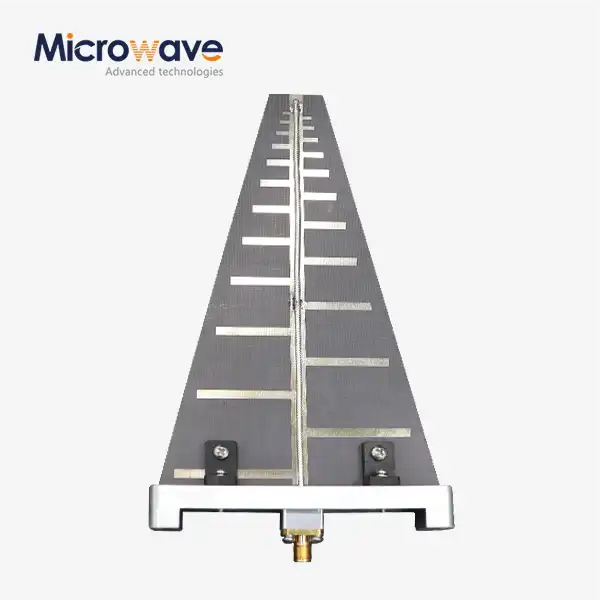 VIEW MORELog Periodic Antenna
VIEW MORELog Periodic Antenna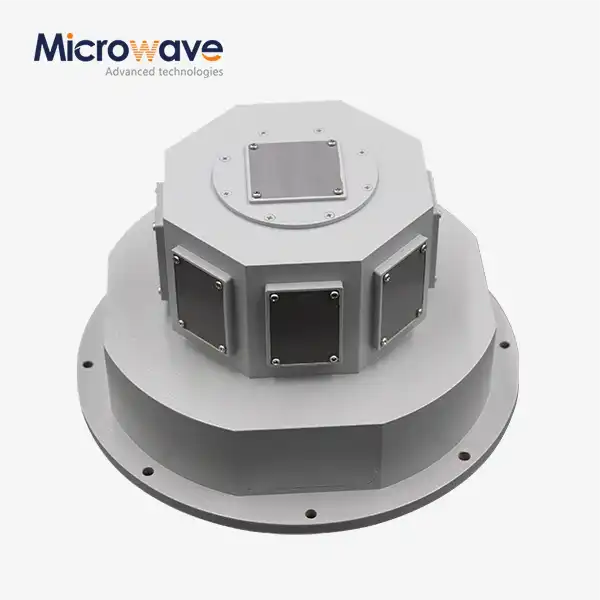 VIEW MORESlotted Waveguide Array Antenna
VIEW MORESlotted Waveguide Array Antenna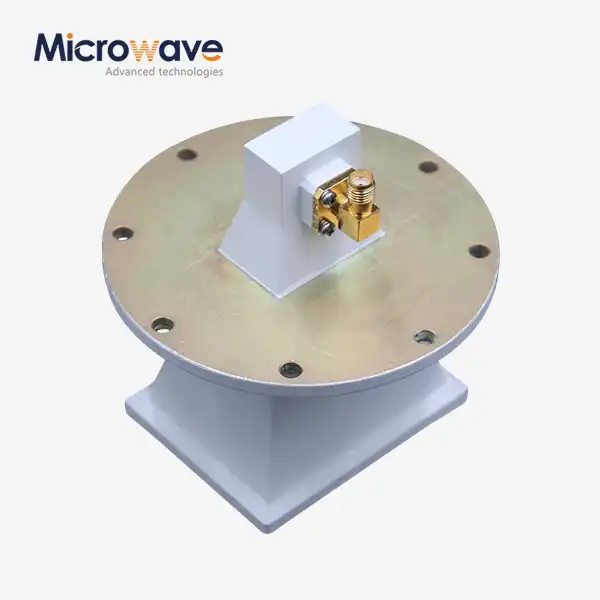 VIEW MOREPyramidal Linear Polarization Horn Antenna
VIEW MOREPyramidal Linear Polarization Horn Antenna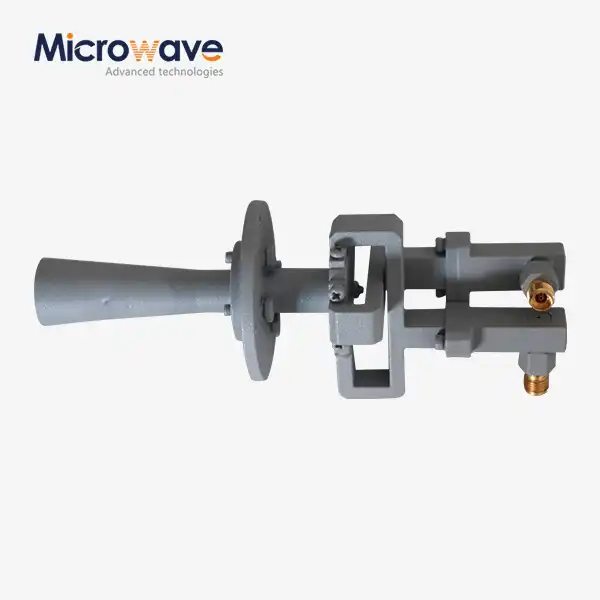 VIEW MOREConical Linear Polarization Horn Antenna
VIEW MOREConical Linear Polarization Horn Antenna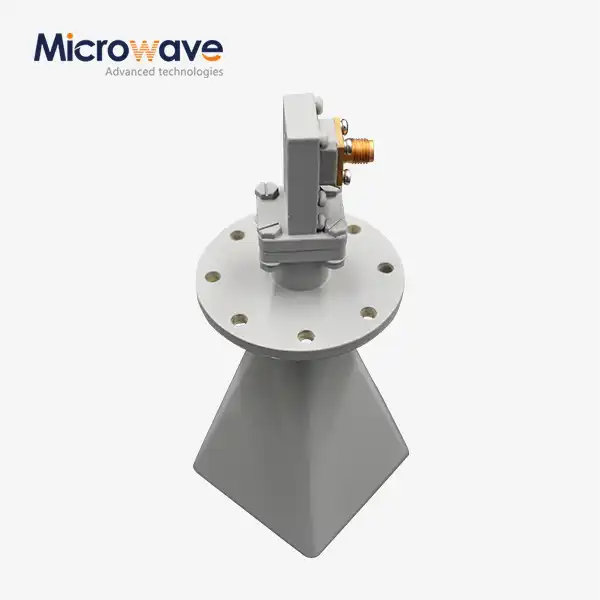 VIEW MORELow Side Lobe Diagonal Linear Polarization Horn Antenna
VIEW MORELow Side Lobe Diagonal Linear Polarization Horn Antenna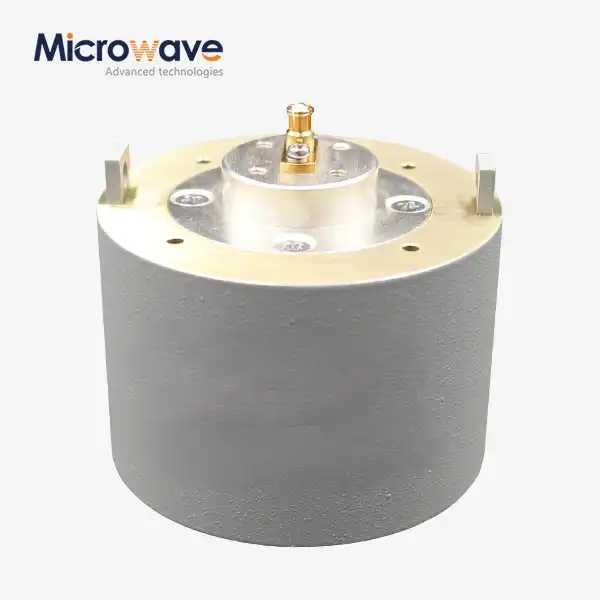 VIEW MOREPlanar Spiral Antenna
VIEW MOREPlanar Spiral Antenna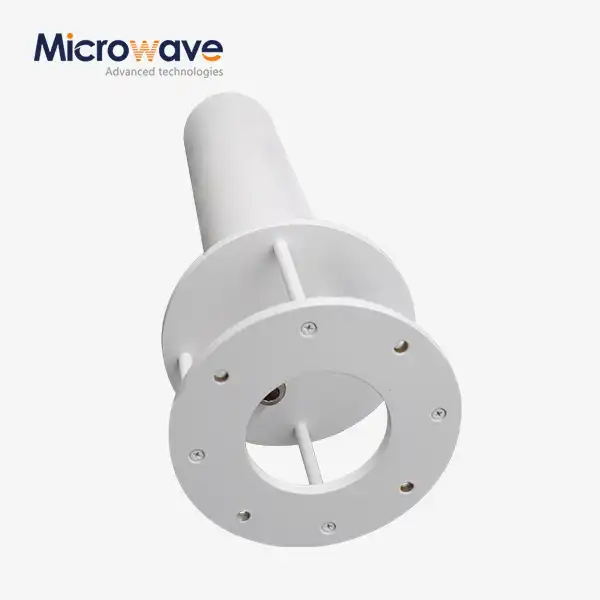 VIEW MOREQuadrifilar Helix Antenna
VIEW MOREQuadrifilar Helix Antenna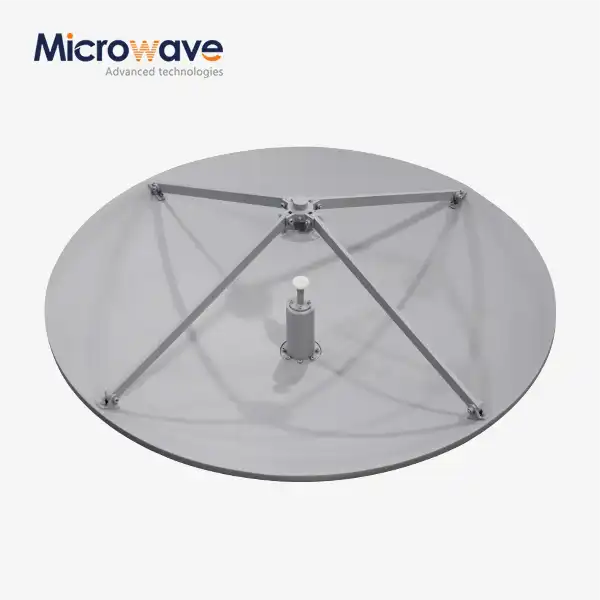 VIEW MORECassegrain Antenna
VIEW MORECassegrain Antenna




